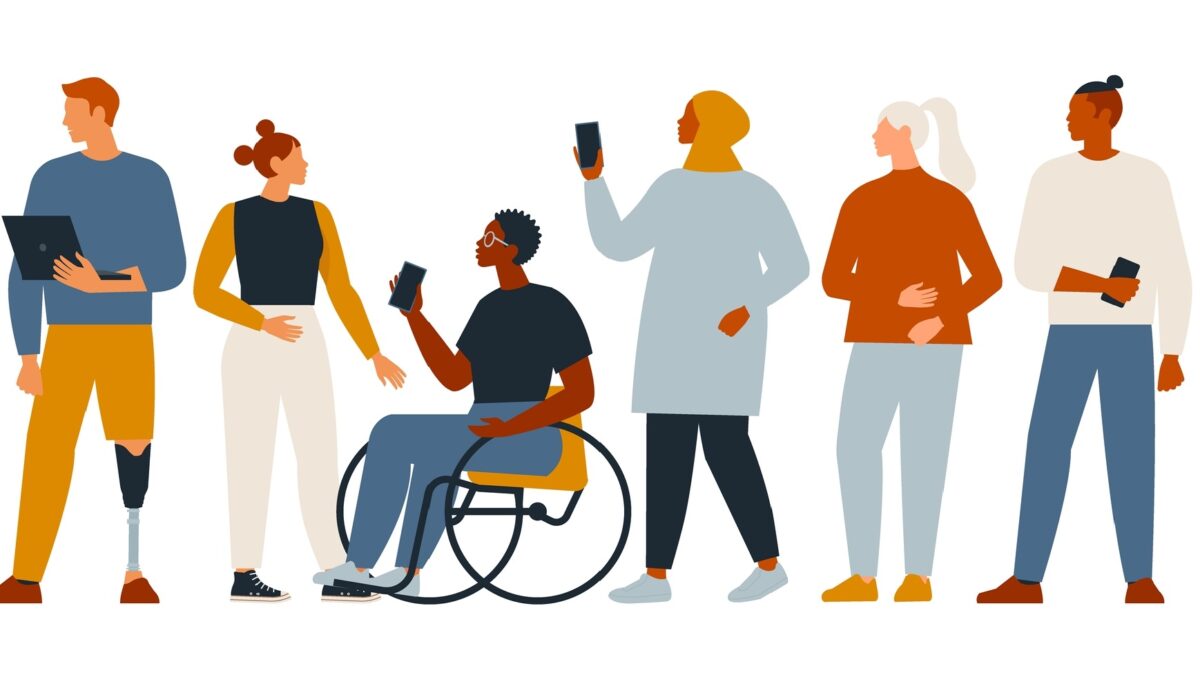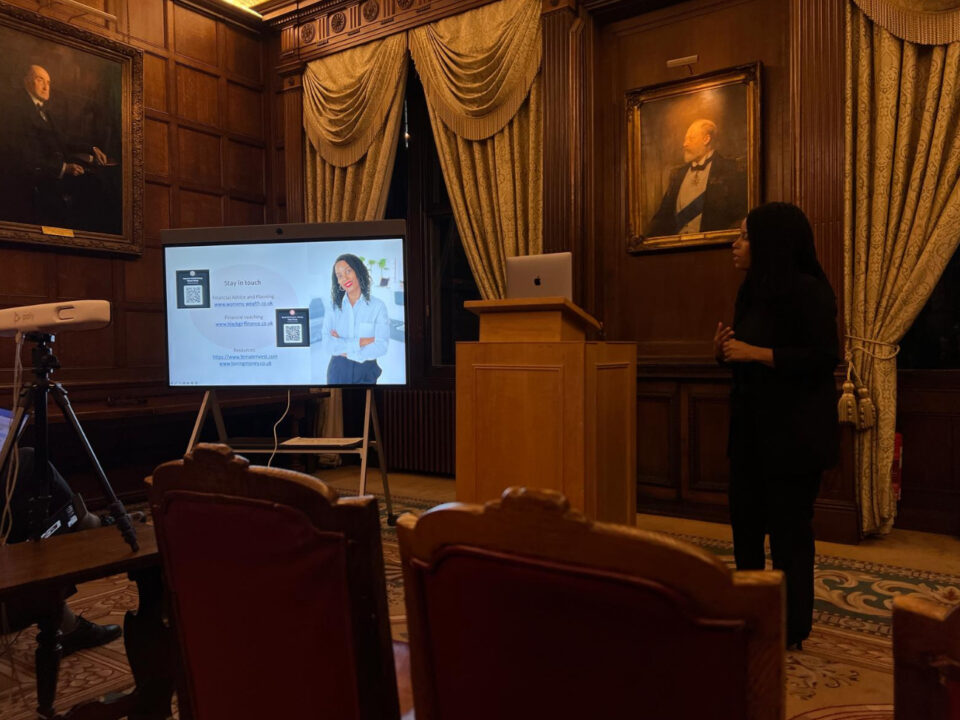
Balancing the Scales: Time Management Tips for Law Students
January 30, 2024
A Guide of Resources for Underrepresented Law Students
January 30, 2024By Freya Fredriksson.
Reading time: four minutes
In recent years, the legal profession has undergone a shift towards greater inclusivity and improved accessibility for historically marginalised minority groups. This means diversity and inclusion in the legal workforce is constantly improving.
The growth of disabled lawyers
One significant aspect of this positive change is the increasing prevalence and success of disabled lawyers. It was found that there has been an increase in the number of disabled lawyers, from 3% in 2015 to 6% in 2023. Although this percentage may sound like a small figure, it is still a big win for the disabled community. Considering that disabled people are twice as likely to face unemployment compared to non-disabled people, it’s encouraging to know that the number of role models with whom the disabled community can identify with is growing.
As the legal landscape begins to embrace diversity and inclusiveness, organisations like the Association of Disabled Lawyers have emerged and successful disabled lawyers are raising awareness of the importance of an inclusive working environment. This progressive shift helps to ensure that everyone, regardless of ability, have equal opportunities to contribute to the pursuit of justice in the legal field.
Inspiring barristers to watch
We should aim to follow inspiring barristers who have dedicated their careers in law to making the legal profession more accessible and equitable, so that they can inspire us to do the same. Examples of some remarkable barristers are:
• Dr. Gregory Burke, a barrister at 7BR, founded the platform called AcessAble which is a platform that provides detailed accessibility information. This highlights his belief that everyone should have equal access to justice and his efforts have no doubt helped to make legal spaces more exclusive for society.
• Mark Henderson who’s a barrister at Doughty Street Chambers, is an advocate for human rights and his work stands as an inspiration for aspiring barristers who want to also help defend the marginalised groups in society.
• Christina Warner, a barrister at 33 Bedford Row, is a champion for gender equality and minority representation, and has worked in initiatives which aim to dismantle barriers and therefore improve accessibility.
• Daniel Holt is not only a pupil barrister at 39 Essex Chambers but also the founding chair of the Association of Disabled Lawyers. He works tirelessly to address the unique challenges faced by disabled lawyers. His efforts inspire others to break down stereotypes and build a more inclusive legal community that values diversity in all its forms.
• Haleemah Sadia Farooq is an unregistered barrister as well as Casework Officer at the Office of the Police and Crime Commissioner (OPCC). Her work at the OPCC reflects her commitment to community engagement and addressing issues that affect marginalised groups.
All of these barristers serve as a testament to how each individual in the legal field can make a positive impact and leave the legal workforce better than they found it.
Historical background
In the past, the legal profession was perceived as very exclusive, as it was predominantly occupied by white men, which therefore established systemic barriers for the disabled community. For example, these obstacles ranged from physical accessibility issues to societal prejudices.
However, legal offices are beginning to be acknowledges as hubs of diversity, with the creation and development of various initiatives to provide more opportunities for minority groups such as Diversity Access Schemes. Dedicated mentoring programmes, both formal or informal, are essential in helping people gain a better legal understanding and therefore, be better positioned for success.
However, this is not to say that disabled lawyers do not still face obstacles that they have to overcome in order to practice law. Many aspiring disabled lawyers still face barriers in accessing the profession. For example, there needs to be urgent and successful implementation of physical accessibility to law firms and courtrooms.
According to a 2021 study, only 2% of Britain’s civil and criminal courthouses are fully accessible. This demonstrates the pressing need for change in order to establish inclusive infrastructure which may include disabled parking, accessible toilets, lifts and assistive technology like hearing loop systems. This way, every person’s needs will be met, enabling them to have the opportunity to access the legal workplace.
Diversity fatigue
Whilst there’s an encouraging shift towards diversity and inclusivity, progress is still considerably slow, one could suggest the legal industry is experiencing ‘diversity fatigue’. This means that while attention is being drawn to this issue, very little is still being done to achieve the goal. Considering that 6% of lawyers are disabled, I can only imagine that this statistic is little to none when looking at the top of the legal ladder. It is possible to argue that unconscious bias within the legal progression is creating considerable barriers to achieving true diversity and inclusivity. In order to combat this, law firms should incorporate unconscious bias training for staff, since it is crucial raise awareness and foster a better understanding of what implications prejudice may have.
Another reason which may contribute to a lack of diversity in the legal industry is demotivation that is often experienced by disabled children and young people (CYP), when there is a lack of role models and feel overwhelmed by the extra barriers they have to face. However, I urge that CYP should instead channel these challenges into motivation to work hard, bring about change and improve the legal workforce for future generations.
Finally
To end this article on a positive note, it’s a good reminder that a law has been established in order to protect disabled workers in all work sectors. According to the Equality Act 2010, all employers are required to listen to their worker’s needs and, in response, provide ‘reasonable adjustments‘.
This may involve:
• establishing accessible premises for wheelchair users;
• providing deaf awareness training for other workers; or
• employing a support worker to assist the disabled worker.
Beyond these reasonable adjustments, the Act also legally protects disabled workers from discrimination. I would imagine that the goal of this legal protection, which provides support and prohibits discrimination, is to foster a more inclusive and welcoming environment, and that members of the disabled community are able to expect fair treatment, regardless of their disability, both visible and hidden.
Therefore, diversity and inclusivity in the legal field is crucial if we are to create a legal system that is an accurate representation as well as reflection of society as a whole.





